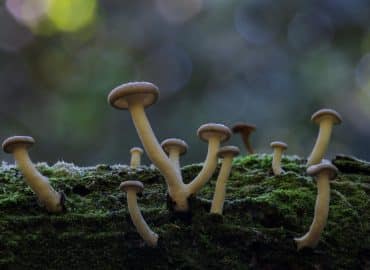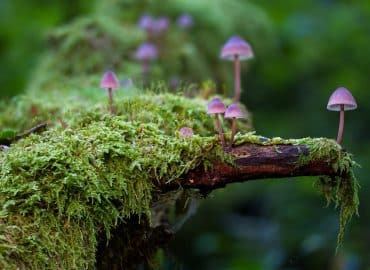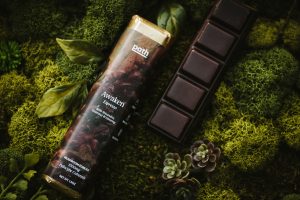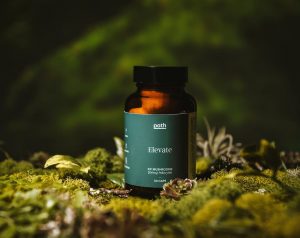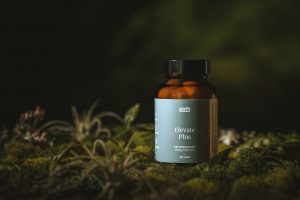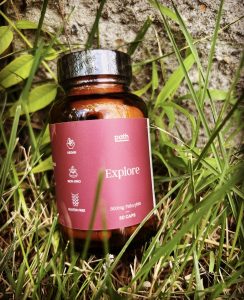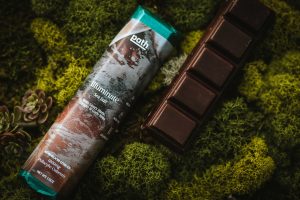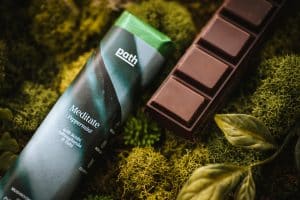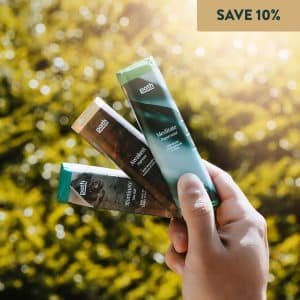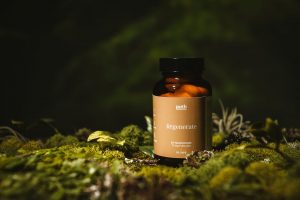Magic Mushrooms: Your 101 Guide For Psilocybin Microdosing
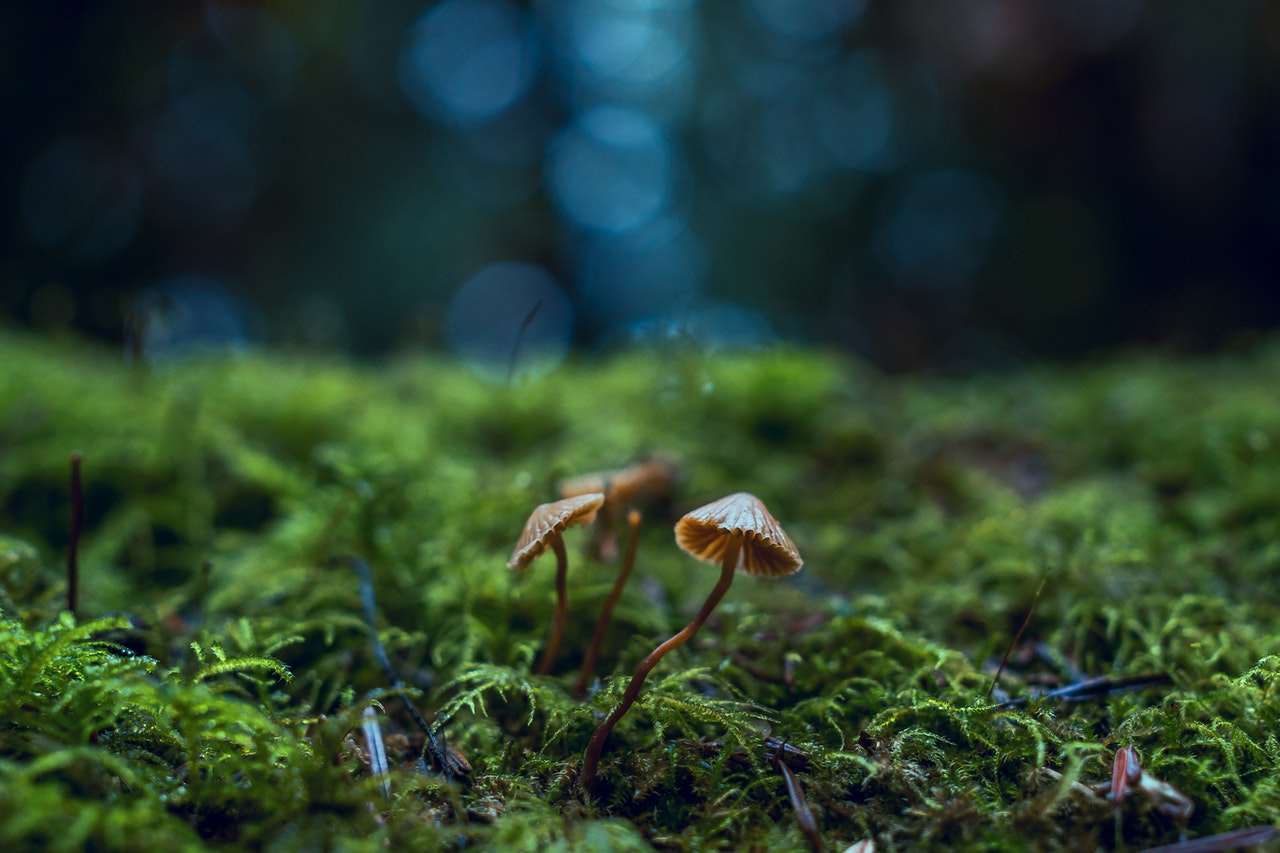
In recent years, microdosing has gained traction as a way of boosting focus and increasing productivity. People have reported on the benefits, from psychological gains (e.g. increased creativity and mental clarity) to physiological ones (e.g. boost in energy).
If you’re curious about microdosing shrooms and want to learn more, read on.
- What is microdosing?
- How did microdosing gain popularity?
- What are the benefits of taking magic mushrooms?
- Is microdosing magic mushrooms safe?
- What are the types of magic mushrooms?
- How do you microdose mushrooms?
- What are the effects of magic mushrooms?
- How long does the effect last?
- What are the forms and ways you can consume mushrooms?
- How do you store magic mushrooms and do they go bad?
- Conclusion
What is microdosing?
Microdosing refers to the act of consuming only small doses (usually 1/20 to 1/10 of a regular dose, or 10 to 20 micrograms) of a psychoactive substance for its purported benefits (psychological and otherwise), rather than the “high”, or negative and extreme sensorial effects. These psychoactive substances include magic mushrooms, LSD, cannabis, ayahuasca, and ketamine.
Magic mushrooms (also known as psychedelic mushrooms, shrooms, mushies, blue meanies, philosopher’s stones), belonging to the genus Psilocybe, contain psilocybin (a hallucinogen), one of its major chemical compounds. When consumed, psilocybin metabolizes in the body and converts into psilocin, a psychoactive substance. Psilocybin and the resulting psilocin are the compounds associated with the psychedelic effects magic mushrooms are known for, like changes in perception.
Effects of taking magic mushrooms can be positive and negative, depending on dosage, a person’s mental and physical state, and various other factors. These effects may include hallucinations, synesthesia, spiritual awakenings, mood swings, and enhanced creativity.
Learn more
–LSD vs. Mushrooms: Differences Between Acid and Psilocybin
How did microdosing gain popularity?
In modern times, much has been written about psychedelics, beginning in the 50s, but microdosing was not quite a trend back then.
It started gaining popularity around 2010 in Silicon Valley (from those termed “biohackers”). It was a new way of improving cognitive function and focus, increasing productivity, and boosting energy to take on the challenges of coding.
In 2011, “microdosing” as a term was formally introduced in Dr. James Fadiman’s book, The Psychedelic Explorer’s Guide: Safe, Therapeutic, and Sacred Journeys. With his book, Dr. Fadiman went into detail about the subculture of psychedelic use, and specifically, provided more information about consuming smaller doses of psychedelics (as opposed to regular or larger doses). Use cases covered indigenous cultures, to modern professionals such as scientists who test its purported therapeutic effects.
The publication of the book, in part, resulted in a spike in awareness and interest for microdosing. The book also included practical information for those curious to try it out, including steps on how to microdose.
Microdosing gained more steam with the help of productivity guru, Tim Ferriss. Ferriss-best known for his best-selling 2007 book, The 4-Hour Workweek, and is now also famous for his lifestyle blog and podcast-interviewed Dr. Fadiman in 2015. With this episode, listeners of the podcast (a considerably large audience interested in productivity, lifestyle design, and entrepreneurship) began experimenting on their own with microdosing and shared their experiences. This helped spread more awareness and resulted in much coverage in the media about the then burgeoning topic. Consequently, media coverage also widened its reach, not only to those in Silicon Valley, but to a more mainstream audience interested in productivity and wellness. Now, it has become one of the ways to enhance one’s daily routine, not for the “high”, or as an escape from the ordinary, but for the mental and physical benefits.
What are the benefits of taking magic mushrooms?
To understand the interest in microdosing magic mushrooms is to focus on its purported benefits.
Much of the reported benefits are based on anecdotal evidence or surveys and as such, should be taken with a grain of salt. In one survey, almost 80% claimed that they noticed improvements on their mental health after microdosing. In another survey, respondents noticed a decrease in anxiety and depression, and an increase in levels of creativity and productivity.
Learn more
–Mushroom microdosing for anxiety and ADHD
–Mushrooms for depression
As surveys, these are not scientifically rigorous tests and there is no way to ensure that strict guidelines were observed in regard to dosage, usage, and the various factors that can affect one’s perceived effects.
Other than that, there’s a chance that respondents might have also experienced the placebo effect – the belief that a substance was effective due to one’s pre-existing thinking that it would work. This doesn’t mean that the effect can be directly attributed to the substance itself.
Nevertheless, some of those who have microdosed claim that it gives rise to certain psychological gains, such as boosts in focus and creativity, increased spiritual awareness, general improvement in mood, better eating and sleeping habits, improved personal efficiency, decreased anxiety, and better social skills. There are even reports that it may help with inflammation.
As of now, research on microdosing is still relatively new and limited, so we can’t know for certain its efficacy and relation to the reported benefits.
Some studies, which include clinical trials, have also attempted to test it as a potential treatment for neuropsychiatric disorders like anxiety, depression, obsessive-compulsive disorder, post-traumatic stress disorder, and addiction.
Here’s a snapshot of some studies that have been conducted:
- Researchers at Johns Hopkins reported an 80 percent abstinence rate among a group of longtime smokers who took psilocybin as part of their cognitive behavioral therapy. Even addictions, such as smoking, might be overcome with psilocybin.
- Researchers from the same institution report that it may be an effective treatment for substance addictions (e.g. nicotine and alcohol) and depression.
- Some studies have also shown that for those with life-threatening cancer diagnoses, microdosing shrooms helped alleviate emotional distress.
- One study found that it may help treat headaches (and might be as effective or more effective versus conventional medicine).
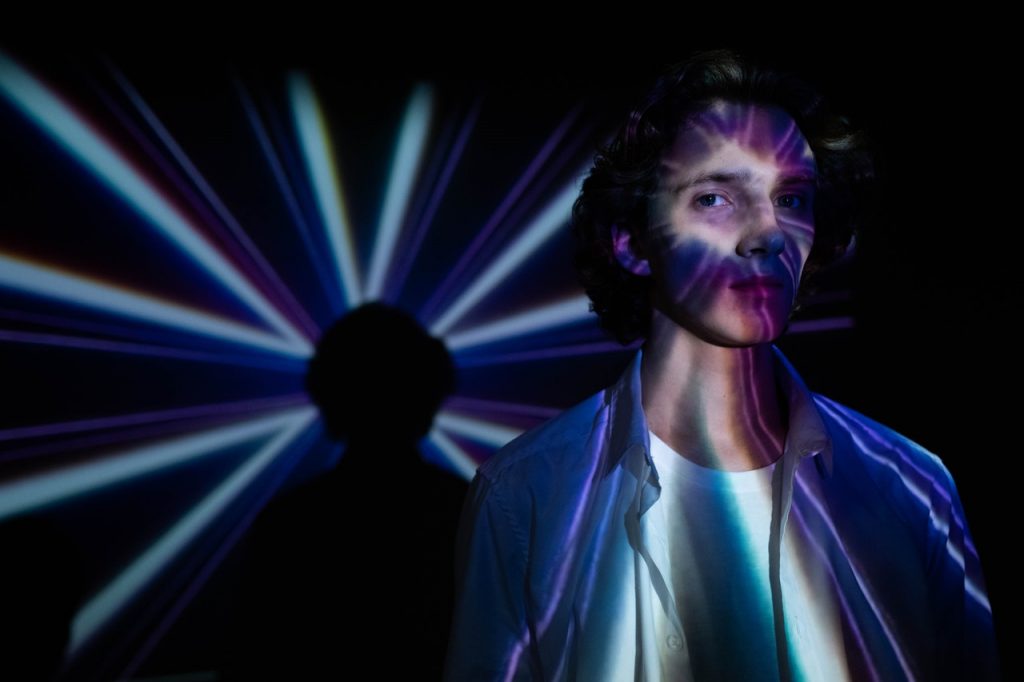
Is microdosing magic mushrooms safe?
Because scientific data is limited and much of the reported benefits are anecdotal or from first-hand experiences of those who have taken it (or results from surveys), those intending to try out microdosing need to be vigilant.
There are also no studies so far on its long-term effects, so it is important to avoid heavy and daily use. There is a potential heart risk for those that take too many shrooms in the long-term. One effect associated with long-term shroom use has been a change in personality. However, Health Canada currently authorizes Psychedelics for medical purposes, which may mean that a controlled consumption leads to health benefits for medical conditions like anxiety and depression.
One such bad effect is unintended trips (and “bad” trips), likely induced by an accidental intake of a higher dose of shrooms. When you go from a microdose to a regular dose, you might feel one, or some, of a myriad of side effects, like paranoia, hallucinations, nausea, drowsiness, headaches, nervousness, yawning, and panic. The effect may be even more intense for those under the influence of alcohol.
A term that is used in psychedelic experiences is “set and setting”. These are the factors that can affect your magic mushroom experience. “Set” refers to your state of mind and emotional wellness, whereas “setting” refers to your environment. Both can affect your experience positively or negatively.
Another possible outcome from microdosing shrooms is the negative side effects. This includes increased anxiety, difficulty sleeping, headaches, and physical discomfort.
Note that daily microdosing is also not recommended as it may lead to tolerance similar to coffee/caffeine. After a while, your body might get used to the dosage and require you to take higher doses in order to feel an equivalent effect.
Of the information that we currently have, there are both good and bad reported effects, but clearly not enough to claim one way or the other. Until more research is done (including its potential for helping those with mental disorders), we need to exercise caution and be extra mindful when it comes to microdosing shrooms.
What are the types of magic mushrooms?
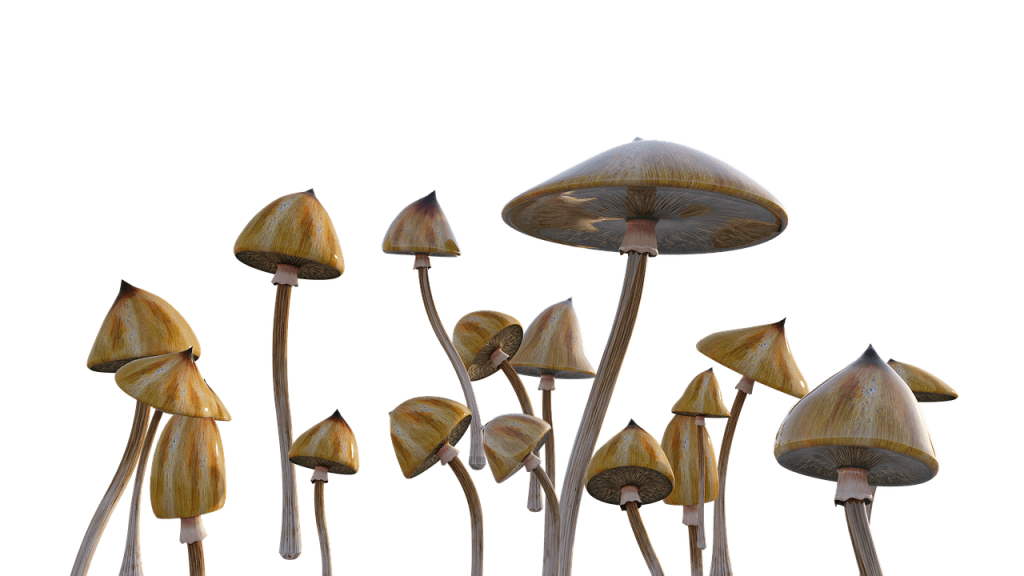
There are different types or strains of magic mushrooms. Psilocybe Cubensis, or “Golden Teacher” mushrooms, is the most common strain. Other types of psychedelic mushrooms are Psilocybe Semilanceata (“Liberty Caps”), Psilocybe Cyanescens (“Wavy Caps”), Psilocybe Azurescens (“Flying Saucers”), and Psilocybe Tampanensis (“Magic Truffles”, “Philosopher’s Stone”).
Most magic shrooms are light brown, have long and thin stems, and have dark brown caps. Some shrooms, when picked off, results in blue bruising, meaning the stems turn into a blue shade (an indicator that it contains psychoactive compounds).
Although naturally occuring in the wild, synthetic versions of psilocybin can be created.
How do you microdose mushrooms?
For first timers, be very mindful and test out in low dosages and spread out intake. Make sure to set aside plenty of time, if not a whole day. There should be enough time allotted for recovery and if possible, take a day off from work or other commitments. Ideally, there should also be someone there with you who can look out for you, in a safe and comfortable environment.
Try out microdoses once every 3 days, vigilantly observe the effects daily, and document your observations. Many find mornings are a great time to consume microdoses of magic mushrooms so that they can make the most out of the effects throughout the day. Taking it at night is not advised as it may have negative effects on one’s sleep.
Microdosing is meant to be more of an enhancement to one’s routine so you should not significantly alter your usual routine. It needs to be integrated into your regimen seamlessly and not be the cause of a complete shift.
Here are some general guidelines for magic mushroom dosage, mostly based on Dr. Fadiman:
Day 1 – Take a microdose (usually 1/20 to 1/10 of a regular dose, or 10 to 20 micrograms) of magic mushrooms.
Days 2 to 3 – Do not take mushrooms and diligently document your observations.
Avoidance of substance tolerance (and needing higher doses to induce a similar effect) and the possibility of experiencing effects days after initial intake are why it’s recommended that there are gaps between doses.
Day 4 – Take another microdose.
Barring any negative effects, continue the process 2 times per week for several weeks. Higher doses are reserved only for when you do not feel negative effects and once you are more comfortable. Be careful when increasing dosages. As they say, “start low and go slow.”
The effects may vary depending on the person, so regular note-taking is crucial. The effect may also be less on a full stomach.
Reported effects have been observed both on the day of microdosing (such as an hour or two after ingestion) and days afterward. Some have reported that the effects may be felt for up to 6 hours (peaking around the 2nd or 3rd hour after consumption). Jot down observations both in the short-term and long-term, be it psychological, physiological, or in social behavior.
What are the effects of magic mushrooms?
The most frequent effects of magic mushrooms are:
- Euphoria, followed by wellbeing
- Sensitiveness to images and sounds
- Pupil dilatation
- Changes in mood, consciousness and perception
- Nausea and vomiting
Many effects may vary per person, size, weight or general health condition.
How long does the magic mushroom effect last?
Though the duration of the “high” effects of magic mushrooms depends on a number of factors including dosage, potency, each person’s mental and physical condition, a magic mushroom experience usually lasts between 4 and 6 hours. Generally, short-term effects have been observed to usually wear off from 6 to 12 hours after consumption.
Note though that in some cases, it is possible for users to experience long-term changes, such as changes in personality.
The substance might remain in one’s body for up to 6 hours before it is eliminated.
What are the forms and ways you can consume mushrooms?
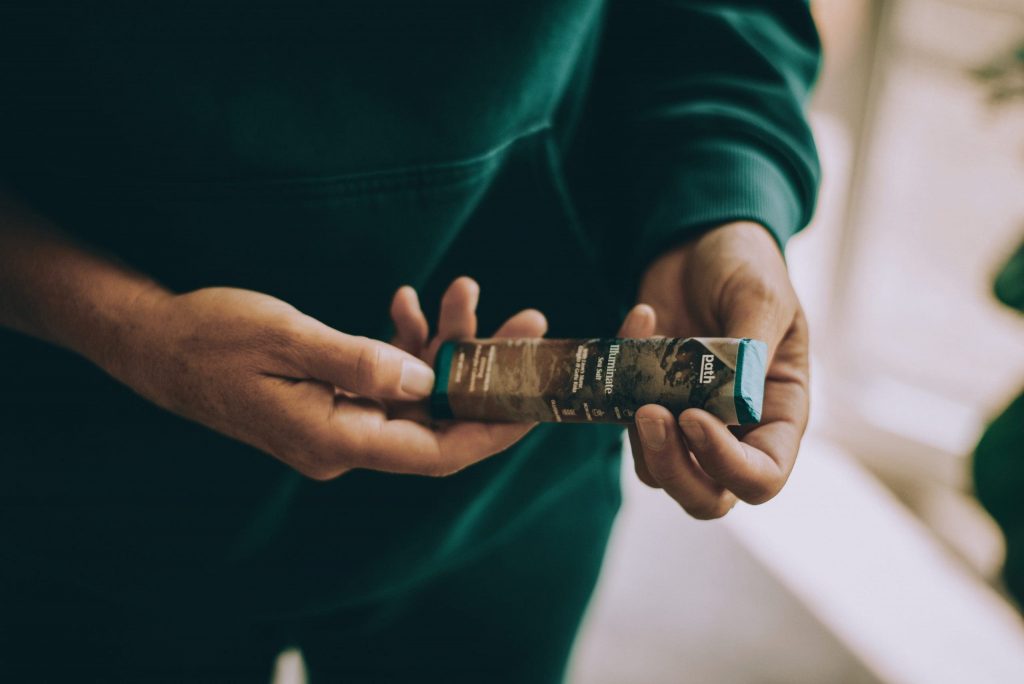
There are several ways to consume psilocybe mushrooms and here are some of them:
Dried mushrooms
These can be consumed by grinding and mixing with other food and drinks. End result can be a smoothie or juice.
Capsules
Some items can be bought as capsules, or you can consider grinding dried mushrooms and placing these in capsules. Effects may take longer to show with this form.
Mushroom chocolates
For a better taste, some mushrooms come as chocolate bars. Shrooms are usually portioned per block of the bar to help manage intake.
Brewed like tea
With this version, the effect of the magic shrooms will be quicker.
Liquid psilocybin
Ingest liberty cap shrooms that come as a clear brown liquid.
Learn more
–Can you smoke mushrooms?
How do you store magic mushrooms and do they go bad?
It has been reported that storing magic mushrooms in the dark at room temperature is the way it is best preserved. Do not store at very cold temperatures as they may degrade quickly.
Shelf life can depend on temperature and lighting. It has been found to degrade over the course of 15 months of storage.
Conclusion
Before you test out microdosing for yourself, here are some additional tips and cautions:
- For best effects, do not rely on microdoses and treat it more as a once-in-a-while advantage that you can tap when in need.
- Always err on the side of caution. Do not microdose too frequently or increase your intake too much.
- Be mindful that varying dosages will induce different durations for the effect and intensities of the experience.
- Microdosing is not an option for those who have mental health conditions (or have undergone trauma) and have children in their care.
- As the effects of substances vary depending on the person, some people may be more vulnerable to experience negative effects than others. If it is your first time, make sure there is someone with you to look out for you.
As with any substance or supplement, consume responsibly. Always err on the side of caution and be careful when you experiment.
References:
- https://www.leafly.ca/learn/psychedelics/how-to-dose-mushrooms
- https://www.leafly.ca/learn/psychedelics/types-of-psychedelics/mushrooms-psilocybin
- https://www.verywellmind.com/what-are-magic-mushrooms-22085
- https://psychable.com/guides/a-beginners-guide-to-psilocybin/
- https://www.healthline.com/health/beginners-guide-to-microdosing
- https://sitn.hms.harvard.edu/flash/2020/can-microdosing-psychedelics-improve-your-mental-health/
- https://www.thecut.com/2018/05/microdosing-guide-and-explainer.html
- https://www.straight.com/living/a-beginners-guide-to-microdosing
- https://doubleblindmag.com/mushrooms/types/psilocybe-cubensis-magic-mushrooms/


